Frequently Asked Questions
-
Is it necessary for me to register an account in order to buy an item?
Yes and this is made with your own convenience in mind. By creating (or using) an account during the purchasing process you will have 3 things made so much easier for yourself:
- keeping track of your order's delivery status
- changing or canceling the order
- using your previous purchase history to become eligible for a Loyal Customer's discount
-
What are lie angles?
Lie angle is the angle between the shaft of the club and the ground line when the club is measured in normal playing position with the centre of the sole touching the ground line.
Lie angles are different between golfers due to numerous factors including height, arm length and swing type.
Lie angles are also different between manufacturers so technically there is no standard lie angle that a golfer will use.
-
What is bounce angle?
Bounce angle refers to the angle created by the leading edge and the lowest point of the trailing edge of the club.
Bounce angles vary in irons and wedges. The greater the bounce angle, the more the leading edge sits up off the ground which can play a major role in consistency of strike around the greens and in the bunker.
Generally speaking, a low bounce angle (4-6 degrees) is better suited to firm, fast conditions and a higher bounce angle (12-14 degrees) is better suited to softer conditions.
-
What is Wedge Grind?
Wedge grind refers to the shaping or manipulation of the sole of the club to help improve contact interaction with the turf. Different grinds can assist players that have certain tendencies to play shots with more creativity around the green.
For ease of reference, grinds generally come with a letter description (M Grind or D Grind). These vary between manufacturers but allow you to determine which grind would be most suitable for your current style.
-
What is loft?
Loft refers to the measurement in degrees of the angle of the face in relation to a vertical line.
Loft angles vary between clubs which then has an effect on carry and total distance. In general, the less loft, the lower the ball with fly and further it will travel.
Lofts on irons work progressively higher and lower depending on the iron number. An example is below.
Pitching Wedge - 46 degrees
9 iron – 42 degrees
8 iron – 38 degreesWhere confusion can lie is that there is no “standard” loft for an iron. This means your Pitching wedge could either be 48 degrees or 40 degrees.
-
What is club length?
Club length refers to the total length of a specific golf club. Golf clubs usually vary in length as per the example below;
7 iron – 37 inches
8 iron –36.5 inches
9 iron – 36 inchesThe lengths above are standard for a particular iron set and can be adjusted depending on a golfers height, arm length and swing type.
There are also golf clubs now called “one length” which refers to a set of irons that are all 37.25 inches long. This type of club was designed to give the golfer the ability to swing each golf club the same but achieve different distances and height due to loft.
Club length is a hotly debated topic in relation to what suits different golfers.
-
What is Shaft Flex?
Shaft flex refers to the golf shaft bending throughout the swing as different forces are applied to it.
Shaft flex is usually labelled as per the segments below;
A Flex – Senior Shaft
L Flex – Ladies Shaft
R Flex – Regular Flex
S Flex – Stiff Flex
X Flex – Extra Stiff FlexThe progression of shaft flex is determined by a couple of different dynamics. One is swing speed. Generally, the faster you swing, the stiffer the shaft needs to be to ensure optimal ball flight and control. The slower the swing speed, the softer the shaft to assist with getting the ball airborne and improving consistency of strike.
It is important to note that there isn’t any standard in shaft flex. Meaning that a regular flex in one brand, will be very different than a regular flex in another. If you’re looking at what shaft is best for you, always read through the details and how it is designed to affect your ball flight.
-
How much loft is recommended between wedges?
It is usually recommended that 4-6 degree per wedge is best for consistent distance gapping with your wedges.
-
What is the difference between a “Game Improvement” iron and a “Players” iron?
Due to the design of the club head, Game Improvement irons are generally larger, and designed to provide more forgiveness from off centre shots, a higher launch angle and greater ball speed for distance.
Players irons are usually smaller in design and are created for players that require a lower spin rate and launch angle, plus the ability to work shots when required from a better feel off of the club face.
-
What is the difference between normal driver head and low spin driver heads?
Standard driver heads are designed to work for most golfers, for which ball flight and trajectory can be adjusted from the manipulation of loft and shafts. Low spinning driver heads come into the scene when players usually have a higher club head speed (100mph +) which can generate too much spin for optimal launch conditions with standard driver heads.
-
What is a driver COG Shaft Adaptor?
Most drivers these days come with an adjustability feature called a COG Shaft Adaptor. This feature is a great addition and provides golfers with the ability to manipulate loft by 1-2 degrees up or down if they would like to change their ball flight, and also can change face angle settings to help alleviate any draw or fade bias they may have.
-
What are the weights in driver heads for?
Weights in driver heads are another addition to certain models that allow the golfer to manipulate parameters to achieve an optimal launch condition or shape.
Weight that is able to move forward or back (closer to the face or closer to the rear) can change spin rates and ball flight. Moving weight closer to the face will generally lower spin rates and ball flight whereas weight further away from the face will increase spin and launch angle.
Weight that is moved up and down (heel or toe) is used to help adjust shot shape and starting direction by changing face angle at impact. Weight that is closer to the heel will generally assist in closing the clubface at impact which is good for golfers that slice and then weight that is moved closer to the toe, assists in opening the clubface which is better for golfers that draw the ball too much.
-
What Is a Hybrid?
Hybrids are a cross between a fairway wood and an iron. They are designed to be more forgiving than irons plus also provide some additional benefits. With the larger head design, manufacturers can move weight back in the head providing more forgiveness from the face, a higher launch angle and increase in ball speed.
Hybrids are generally utilised for golfers to replace their longer irons such as a 3 and 4. This is due to the ease of use and ability to create more distance.
Hybrids are usually more beneficial for higher handicappers with slower swing speeds but can be used for any level of golfer. There are plenty of male and female Tour players that have hybrids in their bags.
-
What is Golf Grip Size?
Golf grip size is an interesting subject. The size of a golfer’s grip can come down to many different factors including feel, hand size, shot type and even if they have arthritis.
Below is the basic levels of grip size.
Undersize – Juniors/ Females (what most stock female clubs come with)
Standard – Juniors / Females and Males (what most stock male clubs come with)
Midsize – Golfers with larger hands / Arthritis
Jumbo – Golfers with larger hands / ArthritisThe general rule of thumb is that golfers with smaller hands will benefit from a smaller grip and players with bigger hands a larger grip.
Grip size can also be manipulated by the adding of papers underneath the grip. This is done as some players are in-between the standard size and all adjustments can be done at a fitting studio or golf shop.
-
Junior Set Length / Flex
Selecting the correct junior set for your child is really important in their development. Junior sets come with many different options including set makeup, length, flex and weight. Selecting the correct set will ensure that they are not having to make any compensations to swing the golf club, causing technique issues and potential for injury.
Choosing the right set is dependent on a couple of different factors. These are height, strength and ability. Kids that are just learning and need to learn how to develop club head speed would generally benefit from lighter clubs than more experience kids.
We would never suggest cutting down clubs for you kids. The main reason is when you cut down an adult set, the shafts are usually heavier and stiffer to begin with. Cutting them down will reduce overall weight but will increase the stiffness of the shaft. This would be one of the potential causes for technique compensations and injury.
-
Putter Face Balance Vs Toe Hang
Putters come either face balanced or with some toe hang. To determine what yours is, you can place you fingers low on the shaft and when you find the balance point, you’ll see if the toe of the club hangs down or the face points to the sky.
Face balanced putters are better for a golfer that has a fairly straight back and through stroke ensuring that they are able to make consistent contact and keep the putter face square at impact.
Toe balanced putters are designed for golfers that have an arc in their putting stroke. This allows them to square the face up at impact with the assistance of face rotation from the putter itself.
-
What is Putter Offset?
Putter offset is the position of the shaft in relation to the putter face. You can get putters with no offset, small offset and full offset. No offset refers to the shaft that goes directly into the face of the putter and full offset is when the shaft is completely in front of the putter face at address.
Putter offsets are beneficial to golfers to help assist with alignment and improving the ability to square the face up at impact. By having a putter that doesn’t have the correct offset, it may cause the golfer to aim incorrectly to compensate.
-
What is Putter Loft?
Putter loft refers to the loft on the putter face in relation to a vertical line. Loft is required on putters to help the ball up in the air to get itself out of the indentation it creates on the putting service.
Loft is directly related to how much you hit down or up with your putting stroke. Golfers that hit up on the ball would require less loft and golfers that hit down would require more loft.
With the dynamics of your current stroke if you have too much loft the ball with tend to launch too high, making it bounce and skid too much before it starts to roll. The same is said for too little loft. The ball will be pressed into the ground and will be difficult to get it rolling consistently.
-
Thin Putter Grips vs Larger Putting Grips
Putter grips are generally a personal preference, but you still need to take into account stroke mechanics to ensure you get the best grip for your game.
Generally, the larger the putter grip, the more it will reduce the amount of hand and wrist action required to complete the stroke. This in essence will reduce manipulation of the putter face and allow you putt with a more consistent path.
Some players however putt better using a thinner grip. With a thinner grip they gain more feel of the putter head and are able to make subtle changes during the stroke.
Usually higher handicaps and people who struggle maintaining face control would be better suited to a thicker grip and a lower handicap player or someone that is a very consistent putter would benefit from smaller grip.
-
What are the different Putter Lengths?
Putter lengths vary depending on numerous factors such as height and arm length, setup and the putting stroke.
A standard putter length is usually 35” for men and 33” for women. Putters can either be ordered at a specific length or adjusted to size by being cut down or extended.
-
What are Golf Rangefinders?
Golf range finders can be put into two different categories. A laser range finder and a GPS unit.
A laser range finder is a small handheld device that provides golfers with specific distances to objects / targets. Ranges finders are extremely accurate but can only provide distance to objects that are in your vision and can connect with the laser. Usually laser range finders are better suited to players that require precision on distances to maximize their scoring potential.
A GPS unit is generally used in conjunction with software that maps out the golf course you’re playing. It will utilise your position from satellites and give you distance any water hazard, bunker or object that aren’t in your field of vision. Whilst not as accurate as a laser range finder, they are still an excellent option for all levels of golfer.
-
Genuine Product Guarantee
Golf Sales Australia is owned and operated by Brendan Wright. He created the website to provide golfers across Australia with 24/7 access to the latest equipment, delivered direct to your door.
With that in mind, we wanted to ensure people that all the products that are purchased and sold through GSA are genuine and direct from the manufacturer. We will even go so far to guarantee these products with 100% money back guarantee (including postage) if they are not genuine.
All the products purchased from GSA come with the Australian Consumer Warranty plus warranty periods from the manufacturers. If you have any questions relating to these warranties, please contact us or visit the link below.
-
Are your clubs genuine?
All the products sold on Golf Sales Australia are genuine and guaranteed by us.
 My Wish List
My Wish List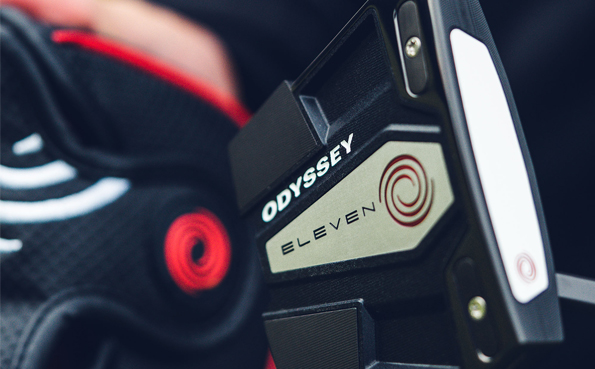
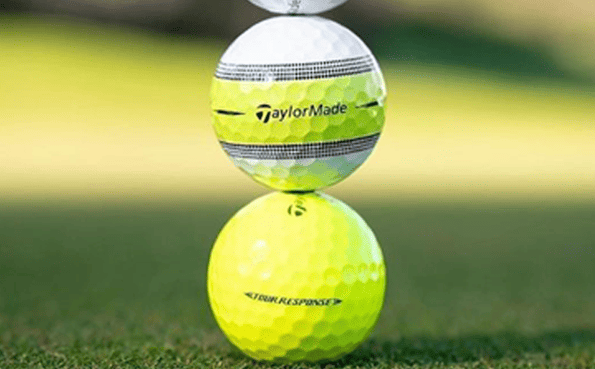
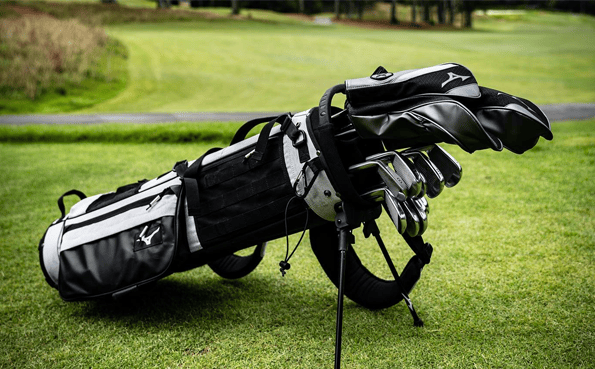
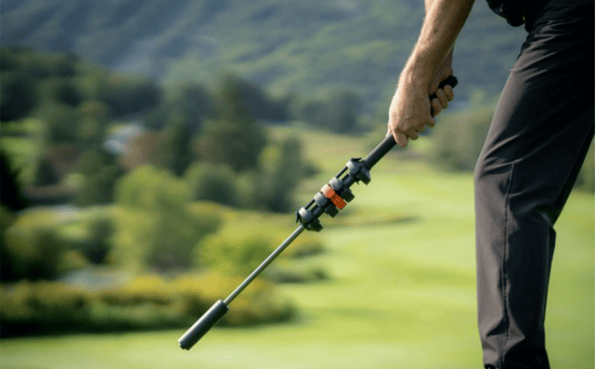
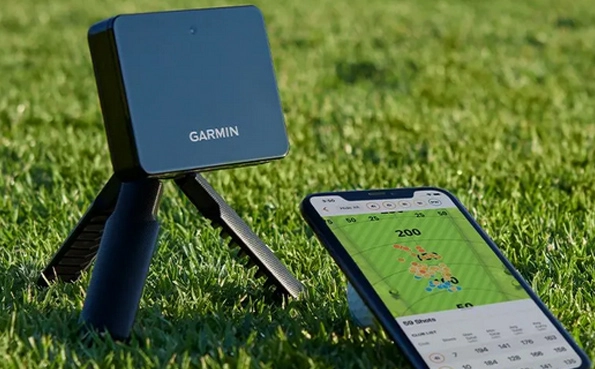
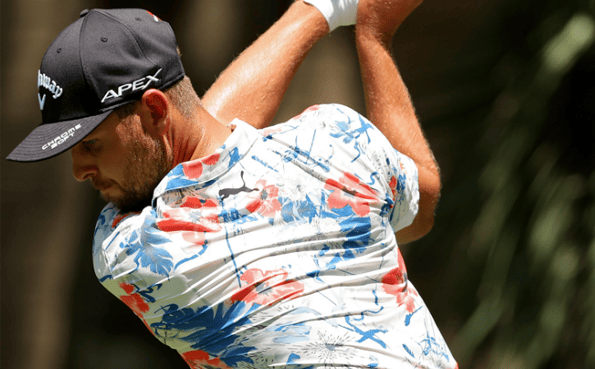
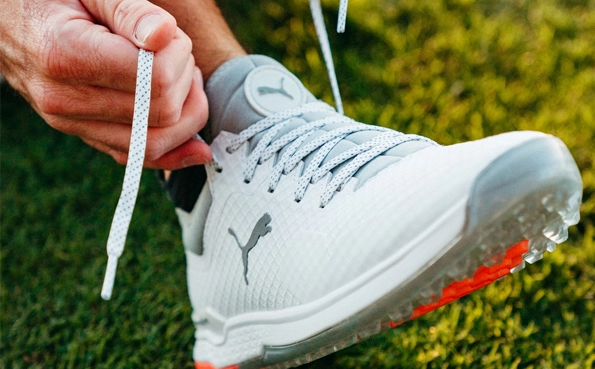
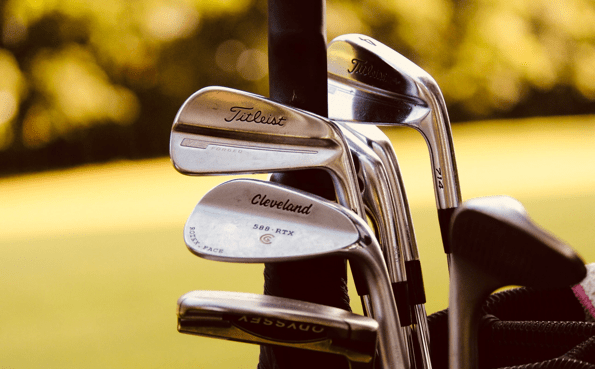
 Pay Later Options Available
Pay Later Options Available  Free Shipping Over $80
Free Shipping Over $80  Secure Checkout
Secure Checkout 
